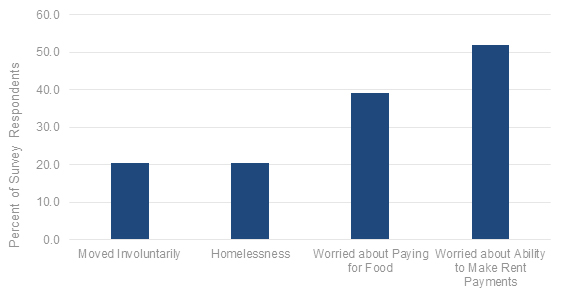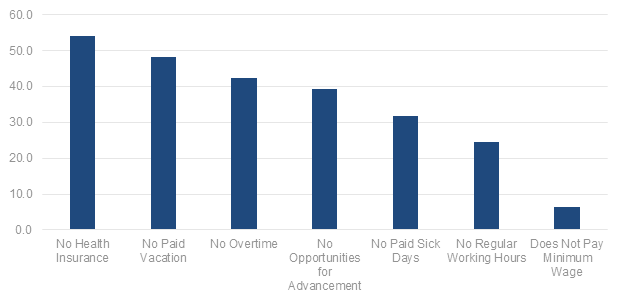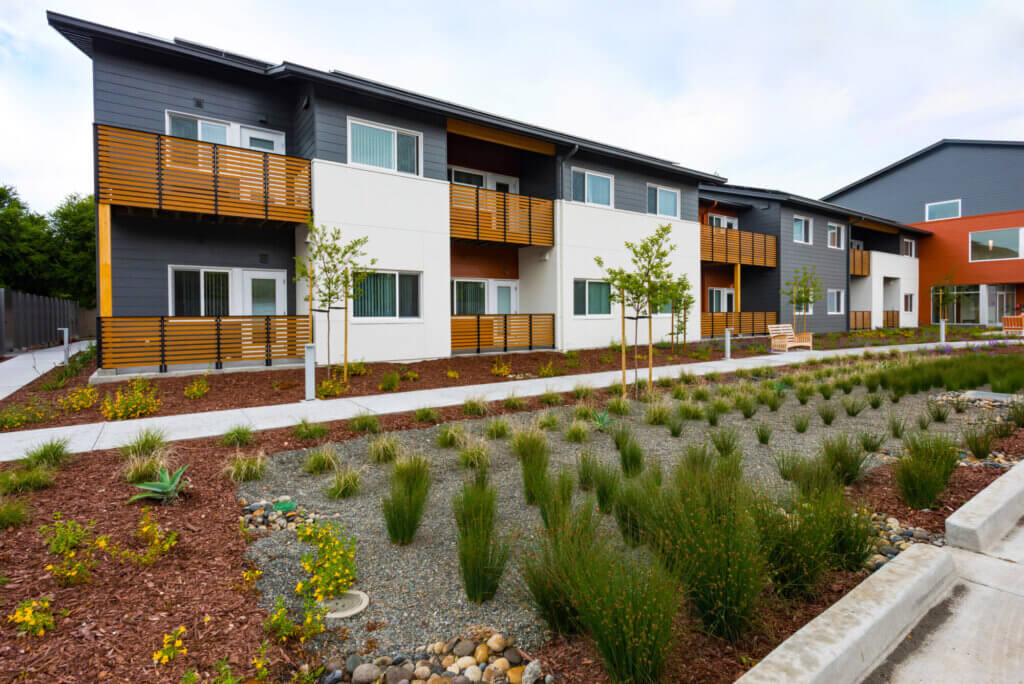A “Safe Haven”: Resident Stories Convey the Benefits of Affordable Housing
Published On May 11, 2018
The Low-Income Housing Tax Credit (LIHTC) has become the most important funding source for affordable housing development in the United States, producing nearly 3 million housing units since its inception in 1986 and housing over 13 million people.
Despite its significance in the housing market, relatively little research has been undertaken to document and understand the experiences of residents living in LIHTC-funded properties. Today, the Terner Center is releasing a new study addressing this research gap. Our analysis sheds light on how living in LIHTC properties impacts low-income residents, particularly with regard to housing stability, economic mobility, and access to education.
We conducted interviews and surveys with over 250 residents living in 18 properties across California, located in neighborhoods with varying levels of poverty. Overall, the results of the survey reveal many advantages to living in a LIHTC-funded property.
Unsurprisingly, affordability was the greatest benefit reported by LIHTC residents. In describing their living situations prior to moving into a LIHTC property, residents reported conditions that were unaffordable, unsafe, and dire. One in five of those surveyed said that they had experienced homelessness before moving into their current unit, with another twenty percent reporting that they had been forced to move involuntarily, either as the result of an eviction or rent increase.
Housing and Financial Situation Prior to Moving into LIHTC Unit

In contrast, living in a LIHTC building provides much needed housing stability, which in turn positively impacts residents lives. One of the most common terms used to describe their new home was a “safe haven,” a place where residents are protected from sharp rent increases or poor living conditions. In turn, this housing stability allowed residents to improve their work prospects and invest in their own and their children’s education.
The majority (58 percent) of working-age residents we surveyed were employed. We also found that the educational outcomes in the schools that LIHTC residents in our sample attend are on par with California averages, and that the majority of parents were happy with their children’s school. Another positive finding: nearly 60 percent of college-aged children in the sample were enrolled in college.
Yet many of the residents’ jobs were precarious, and lacked good wages, benefits and opportunities for advancement. Residents articulated the challenges of earning enough to find any other housing they could afford.
The Job Characteristics of LIHTC Residents

Beyond considering affordability, employment and educational outcomes, the study offers insights into how residents perceive their neighborhoods, capturing a far more nuanced appraisal of communities than is often captured in data. Many residents feel strong ties to the neighborhood, even when poverty rates are high, and see the benefits of investing in the neighborhood as a way to promote community development and ensure affordability in the face of gentrification pressures. This aspect of the study provides important context for recent regulatory focus on the siting of LIHTC and other affordable housing properties: we conclude that while LIHTC policy has a role to play in promoting fair housing goals, it is important not to forget that neighborhoods in California are changing rapidly, and that residents often develop strong social and cultural ties to the places they live.
Finally, the study highlights that siting LIHTC buildings in lower poverty neighborhoods is insufficient on its own to expand opportunity for low-income, working families. In spite of the study’s positive findings, broader housing market and labor conditions are likely to keep most residents in LIHTC properties for the foreseeable future; constrained supply and low wages make it nearly impossible for LIHTC residents to find similar quality housing they can afford on the private market. Research and policy devoted to expanding housing options for those at 80-120 percent AMI is needed to ensure LIHTC can serve as platform for economic and housing mobility. In addition, the state should continue to identify policies that encourage cities to identify and zone land for multifamily housing, boosting overall supply. Further research is also needed to explore the outcomes for LIHTC tenants across the United States to better understand the role that affordable housing plays in promoting economic mobility. Nonetheless, this study provides an important snapshot of the experiences of LIHTC tenants in California, and gives us a better understanding of the impact of this important tool in the affordable housing landscape.





